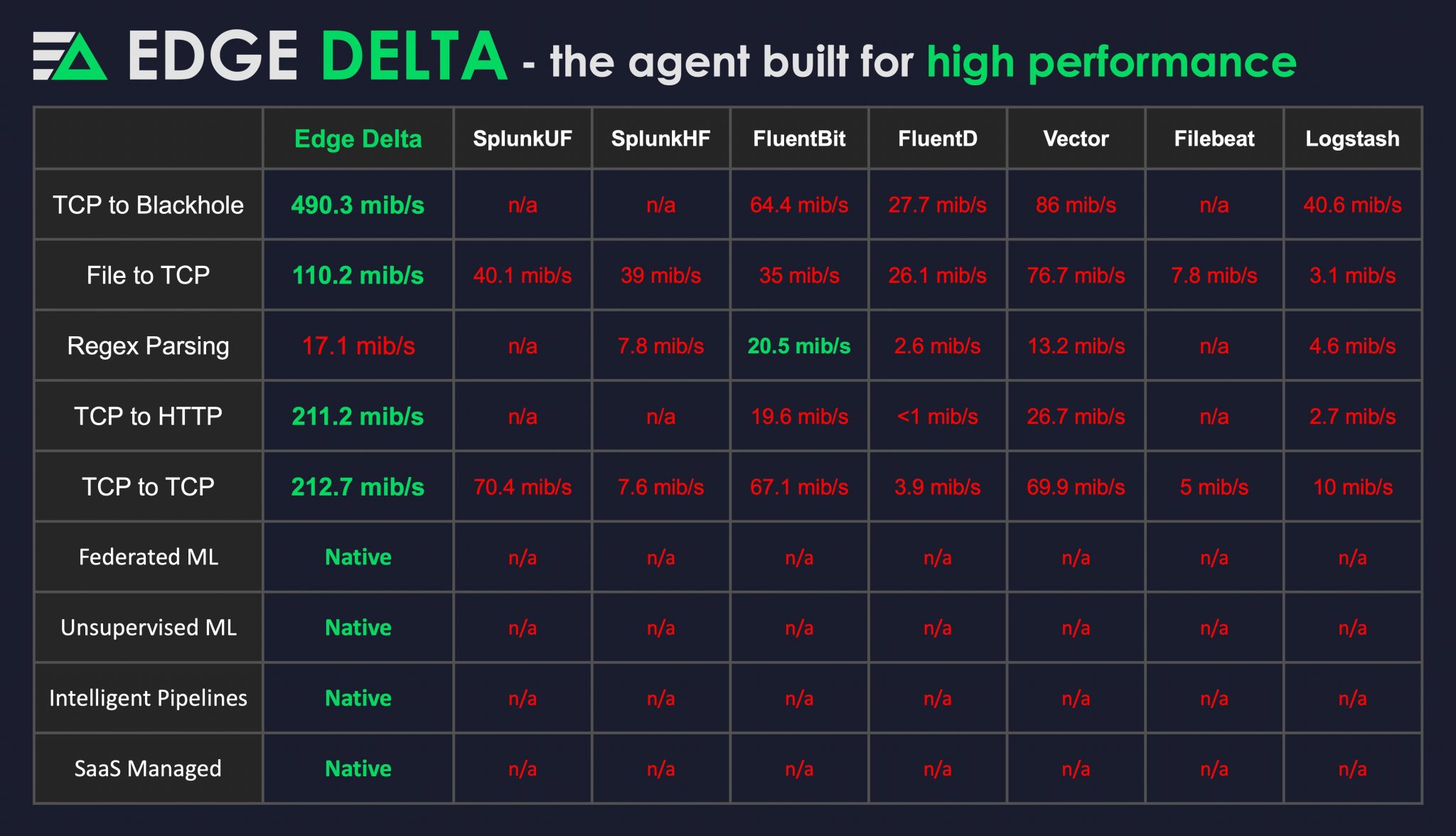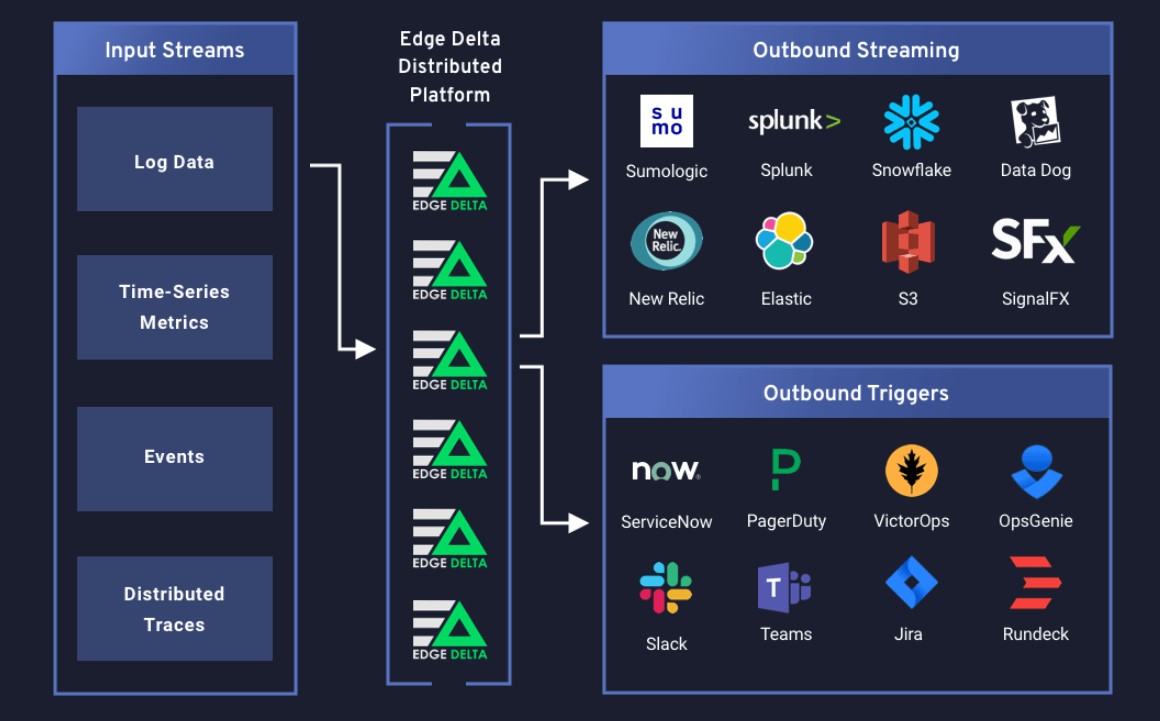The U.K. is gaining in popularity as a great place to start a tech firm. The country is quickly catching up to China on the tech investment front, with VC investments reaching a record of $15 billion in 2020, according to TechNation. A global health crisis notwithstanding, London remained a favorite for investors. U.K. cities made up a fifth of the top 20 European cities, with names such as Oxford, Dublin, Edinburgh and Cambridge rising to the fore in 2020.
Bristol proved especially popular among tech investors last year — local businesses raked in an impressive $414 million in 2020, making it the third-largest U.K. city for tech investment. The city also has the most fintech startups per head in the U.K. outside London, according to Whitecap’s 2019-2020 Ecosystem Report.
Efforts by the city’s private and public sectors to modernize the city have helped it rank among the top smart cities in the U.K., attracting a bevy of tech entrepreneurs. Its proximity to London has meant that it is a good alternative for founders looking for a more affordable stay while letting them tap the capital’s financial resources. The University of Bristol also has the largest robotics department in Europe.
Use discount code HARBOURSIDE to save 25% off an annual or two-year Extra Crunch membership.
This offer is only available to readers in the U.K. and Europe, and expires on August 31, 2021.
Bristol is also home to an important startup accelerator, SETsquared. A collaborative effort by the five universities of Bath, Bristol, Exeter, Southampton and Surrey, the accelerator has supported over 4,000 entrepreneurs and helped their startups raise a total of £1.8 billion. Other startup support players include the new Science Creates VC fund, set up by entrepreneur Harry Destecroix, and TechSPARK Engine Shed.
Key emerging startups from Bristol include Graphcore, Open Bionics, Ultraleap, Immersive Labs and Five AI.
To get a better idea of the state of the tech ecosystem and the investor outlook for this city, we surveyed founders, leaders and executives involved in nurturing Bristol’s startup ecosystem.
The survey revealed that the city has a robust renewable, zero-carbon and fintech startup landscape. Robotics, VR, bio, quantum, digital and deep tech are also areas showing promise. As for the investing scene, although Bristol has a healthy angel network, the city lacks institutional VC, but with London only a drive or train ride away, this has not proved a significant problem.
We surveyed:
- Coralie Hassanaly, innovation consultant, DRIAD
- Pete Read, CEO and founder, Persona Education
- Kiran Krishnamurthy, CEO, AI Labs
- Simon Hall, director, Airway Medical
- Ben Miles, CEO, Spin Up Science
- Rupert Baines, ex-CEO, UltraSoC
- Mathieu Johnsson, CEO and co-founder, Marble
- Chris Erven, CEO, KETS Quantum Security
Coralie Hassanaly, innovation consultant, DRIAD
Which sectors is Bristol’s tech ecosystem strong in? What are you most excited by? What does it lack?
Bristol is strong in renewable and zero-carbon innovation, fintech and robotics. It’s weak in industry 4.0.
Which are the most interesting startups in Bristol?
Graphcore, LettUs Grow, Open Bionics, Ultraleap and YellowDog.
What are the tech investors like in Bristol? What’s their focus?
A lot of focus on fintech, I think.
With the shift to remote working, do you think people will stay in Bristol or will they move out? Will others move in?
Bristol is a great middle ground between a large dynamic city (plus it’s not far from London) and access to nice countryside area. With remote working we can expect it will attract new residents in the next few years.
Who are the key startup people in the city (e.g., investors, founders, lawyers, designers)?
Aimee Skinner, Abigail Frear and Stuart Harrison.
Where do you think the city’s tech scene will be in five years?
Second major city in U.K. innovation.
Pete Read, CEO and founder, Persona Education
Which sectors is Bristol’s tech ecosystem strong in? What are you most excited by? What does it lack?
Bristol is strong in media/animation, edtech, social impact, health and science. I’m most excited by edtech and the possibility to reach and positively impact millions of students via online learning. It’s weaker in hardware and fintech.
Which are the most interesting startups in Bristol?
Kaedim, Persona Education and One Big Circle.
What are the tech investors like in Bristol? What’s their focus?
There are several very active tech investment networks coming from several angles, e.g., university-led, groups of private angels and tech incubators. The great thing is they all collaborate and share resources, ideas and expertise in initiatives such as The Engine Shed and Silicon Gorge.
With the shift to remote working, do you think people will stay in Bristol or will they move out? Will others move in?
More people are moving in, as Bristol has a great urban lifestyle with easy access to the countryside and Southwest/Wales holiday spots, and an international airport 20 minutes from the center.
Who are the key startup people in the city (e.g., investors, founders, lawyers, designers)?
Jerry Barnes at Bristol PE Club; Abby Frear at TechSPARK; Briony Phillips at Rocketmakers; Jack Jordan-Connelly at SETsquared.
Where do you think the city’s tech scene will be in five years?
It’s developing rapidly with lots of support, so it will be bigger, attracting more investment and definitely more on the international scene five years from now.
Kiran Krishnamurthy, CEO, AI Labs
Which sectors is Bristol’s tech ecosystem strong in? What are you most excited by? What does it lack?
Our tech ecosystem is strong in the aerospace and defense sector. We are excited by the scope and scale of digital transformation opportunities with AI available in this sector. The main weakness in this sector is the slow pace of transformation, especially now due to the pandemic.
Which are the most interesting startups in Bristol?
Graphcore and YellowDog.
What are the tech investors like in Bristol? What’s their focus?
Compared to the U.K. tech sector average, Bristol has a very low proportion of established companies (4% versus 8%), a higher proportion of seed stage companies (42% versus 37%), and a higher death rate (21% versus 17%). It’s a particularly young ecosystem.
With the shift to remote working, do you think people will stay in Bristol or will they move out? Will others move in?
It is possible that people moving out of London will come into Bristol due to the transport links, strong ecosystem and beautiful nature of the city.
Where do you think the city’s tech scene will be in five years?
I wouldn’t be surprised if Bristol turns out to be San Francisco of Europe!
Simon Hall, director, Airway Medical
Which sectors is Bristol’s tech ecosystem strong in? What does it lack?
Bristol is strong in the medtech, veterinary, industrial sectors.
With the shift to remote working, do you think people will stay in Bristol or will they move out? Will others move in?
Others have moved in.
Who are the key startup people in the city (e.g., investors, founders, lawyers, designers)?
SETsquared.
Where do you think the city’s tech scene will be in five years?
We will see massive growth in five years.
Ben Miles, CEO, Spin Up Science
Which sectors is Bristol’s tech ecosystem strong in? What are you most excited by? What does it lack?
Our sector is weak in entrepreneurial ambition among researchers, and so suffers from low rates of deep tech spinout activity from leading universities. We are most excited by the step change in activity we have seen in the past two years and culture shift towards innovation.
Which are the most interesting startups in Bristol?
Rosa Biotech, Albotherm and CytoSeek.
What are the tech investors like in Bristol? What’s their focus?
Medium strength in shallow tech; currently weak in deep tech.
With the shift to remote working, do you think people will stay in Bristol or will they move out? Will others move in?
People are moving in.
Who are the key startup people in the city (e.g., investors, founders, lawyers, designers)?
Spin Up Science, Science Creates and Science Angel Syndicate.
Where do you think the city’s tech scene will be in five years?
Very strong in deep tech with an invested local community of entrepreneurs, incubators and investors.
Rupert Baines, ex-CEO, UltraSoC
Which sectors is Bristol’s tech ecosystem strong in? What are you most excited by? What does it lack?
Bristol is strong in wireless (5G, 60 GHz, etc.), semiconductors (especially processors, AI/ML and parallel architectures), robotics and other hard tech/deep tech.
Which are the most interesting startups in Bristol?
Graphcore, Ultraleap, Blu Wireless and Five AI.
What are the tech investors like in Bristol? What’s their focus?
It’s limited. There are some angels, but few locally focused funds.
With the shift to remote working, do you think people will stay in Bristol or will they move out? Will others move in?
Much the same: People choose to live in Bristol/Bath for quality of life. Much of the work is already external — commuting to London.
Who are the key startup people in the city (e.g., investors, founders, lawyers, designers)?
Nigel Toon, Simon Knowles, Stan Boland, David May and Nick Sturge.
Where do you think the city’s tech scene will be in five years?
Much stronger, with more processor and hardware activity.
Mathieu Johnsson, CEO and co-founder, Marble
Which sectors is Bristol’s tech ecosystem strong in? What are you most excited by? What does it lack?
Bristol has a strong robotics, aerospace and renewables scene. I’m most excited to see how the legacy in aerospace in Bristol will translate to future industry-defining companies. The ecosystem is weak on the investor side, though London VCs are less than a two-hour train journey away.
Which are the most interesting startups in Bristol?
Graphcore, Ultraleap and Open Bionics.
With the shift to remote working, do you think people will stay in Bristol or will they move out? Will others move in?
I believe Bristol will become more attractive.
Who are the key startup people in the city (e.g., investors, founders, lawyers, designers)?
Tom Carter at Ultraleap, and Joel Gibbard at Open Bionics.
Where do you think the city’s tech scene will be in five years?
Getting closer to London and Cambridge.
Chris Erven, CEO, KETS Quantum Security
Which sectors is Bristol’s tech ecosystem strong in? What are you most excited by? What does it lack?
Bristol has a strong biotech, quantum, digital, science-based/deep tech ecosystem. I’m excited by this eclectic city with exciting people that think differently.
Which are the most interesting startups in Bristol?
Any QTEC, SETsquared, or UnitDX members and alumni.
What are the tech investors like in Bristol? What’s their focus?
Very early/nascent, mostly angels.
With the shift to remote working, do you think people will stay in Bristol or will they move out? Will others move in?
Probably move in! Beautiful green spaces around, lots of interesting, independent shops. And (just about) commutable from London.
Who are the key startup people in the city (e.g., investors, founders, lawyers, designers)?
The incubators — QTEC, QTIC, SETsquared and UnitDX; Bristol Private Equity Club; Harry Destecroix.
Where do you think the city’s tech scene will be in five years?
Buzzing. More great startups and VCs moving in.

Powered by WPeMatico

























